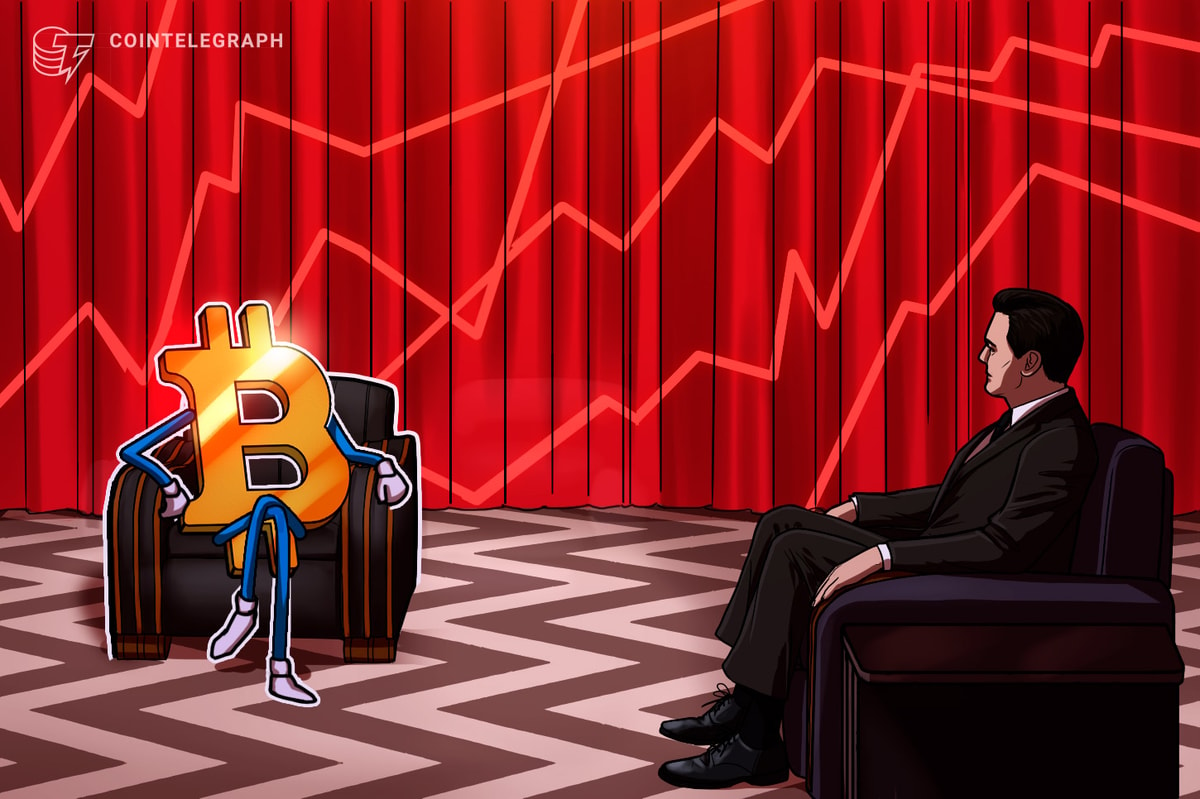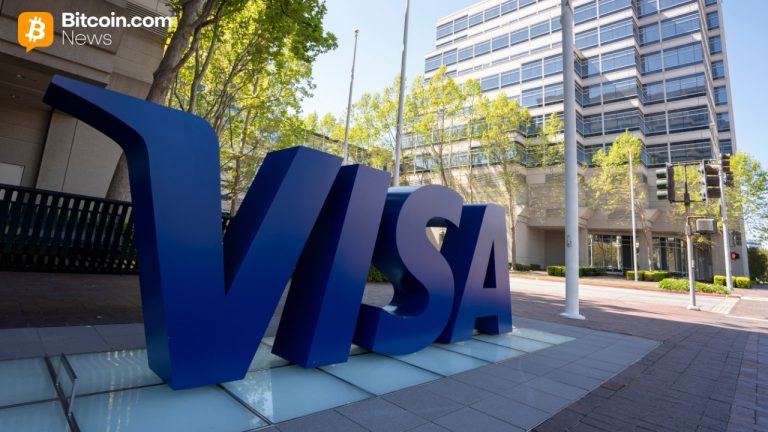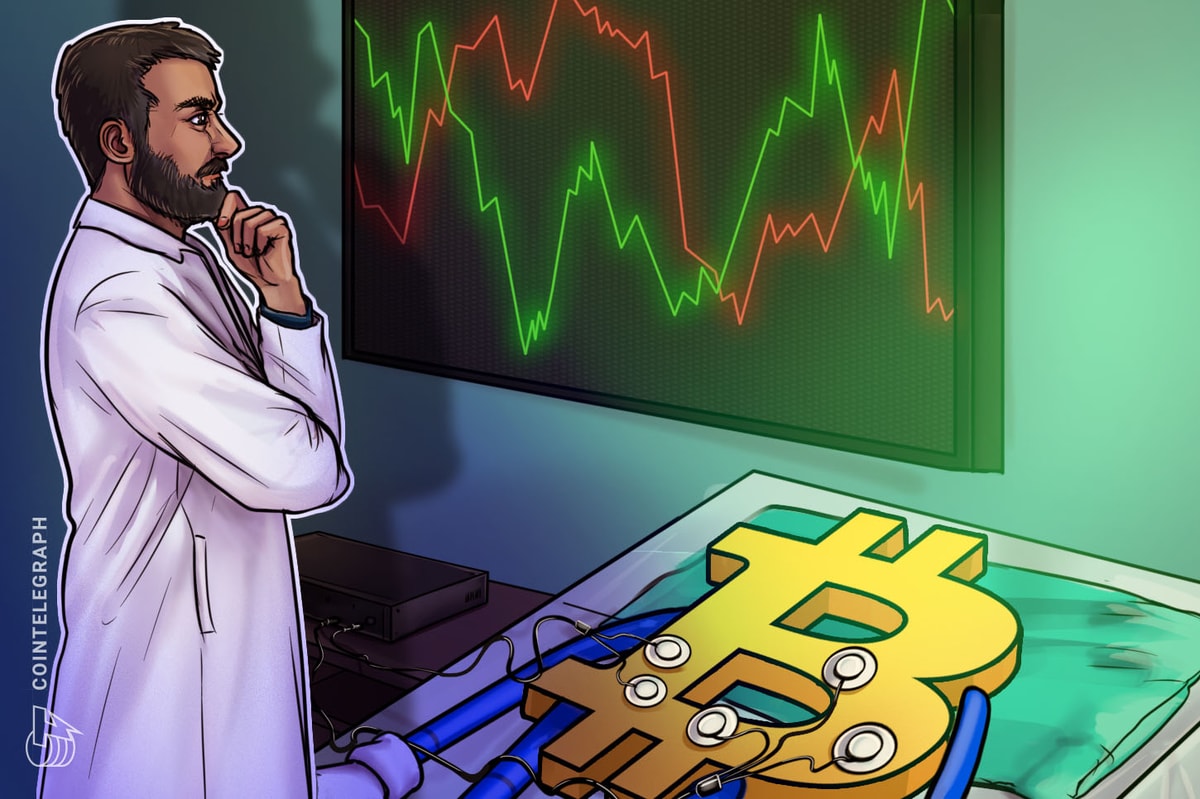Andy Warhol would have loved (or possibly hated) NFTs – Cointelegraph Magazine
5 min read
If Andy Warhol — the most famous artist of the 20th century — were alive today, he would make NFTs. The reasoning is simple: because for Warhol, business was art. So, I decided to do some digging and speak to Warhol experts to see if there is a case.
But Warhol was an artist who defies easy definitions, and not everyone was keen to explore the highly speculative nature of the hypothesis. Professor Golan Levin, professor of electronic art at Carnegie Mellon University, said he couldn’t help and instead suggested that I “ask a Warhol biographer or a psychic medium.”
Fair enough. So, I messaged Warhol’s renowned biographer, Blake Gopnik, author of Warhol.
And then I found a Warhol psychic.
Gopnik is an art critic and a regular contributor to The New York Times. He’s the author of Warhol, a definitive biography of the pop artist.
An internet search determined it was also possible to arrange a seance with Andy Warhol, as part of a Los Angeles tourist experience.
I put the seance on hold for later. I wouldn’t dare dispute the medium’s direct line to Warhol — my concern was the psychic might struggle to explain NFTs to Warhol.
Andy Warhol’s legacy is a nod to NFTs
Gopnik’s biography of Warhol seemed to posit that money was a means, but provocation was always Warhol’s end goal. Warhol enjoyed making money to fund all his creative pursuits, but he always sought to be provocative. So, NFTs – which can be both provocative and lucrative – seem like a medium he would’ve embraced.
For a start, Warhol’s later film and photographic works certainly became increasingly provocative, bordering on pornographic. The Warhol Diaries provide a fascinating insight into pre-woke times and Warhol’s artistic motivations in the 1980s.
Secondly, “what is art” and whether NFTs are art is not the right question. That’s a minefield. Colborn Bell, founder of the Crypto Museum of Modern Art, tells me — mostly, they’re not. “Out of the gate, a lot of NFTs aren’t art. They are really not.”
A key argument in favor of my pet theory is how Warhol immediately used a new artistic medium whenever available for commercial success.
And his work was also not considered art by much of the establishment — he was forced to embrace that reality. That’s a similar position to NFTs in popular culture today. Acclaimed collections from Fidenza call into question the very concept of art and artists. If a computer produces the work, is it even art? they question.
There are many historical parallels.
Warhol was a pioneer in transforming commercial and mundane items like Campbell’s soup cans into art. He made films, produced early music clips, and even had a TV talk show that ran on MTV in the 1980s.
He also produced hundreds of pieces in a well-staffed studio known as “The Factory.”
Shunned by art critics — the Museum of Modern Art in New York refused his free donation of a work called “Shoe” in 1956 — Warhol then realized that portraits of people could be very lucrative.
Lots of different patrons sat for him, but each portrait might exist as only one or two paintings, according to Gopnik. His biggest editions of the Marilyn Monroe prints were of 200 images, and they were never cheap, explains Gopnik.
For comparison, while NFTs can be wholly unique one-of-ones, mints typically number 10,000.
Warhol painted political leaders, such as Mao and Lenin, (Che Guevara was attributed to him but was a fake painted by his assistant). And he painted celebrities, such as Elvis, Marylin Monroe and Mick Jagger.
Clearly, it’s easy to presume that Warhol would love NFTs: easily reproduced mass collections on a theme or a widely recognizable person.
And here’s the kicker: Those images were Warhol’s “f— you” to the establishment. He was saying, My work is commercial and I’m going to sell them.
Crypto is, to varying degrees, a “big f— you” to the established financial order and the art world. NFTs are a new business model for creators — a speculative one, sure — but a new model for scaling art sales.
Some highly successful NFT businesses are a modern scalable version of older business models. For example, Moonbirds sought to create a proof mechanism, and it’s emerging into a kind of studio for creatives. And Bored Yacht Ape Club is arguably a spin on the country club model. They aim to overcome scale limitations faced by those IRL business models, in which NFTs represent a form of club membership and grant owners free entry to events, for example, or the ability to simply hobnob with other club members by virtue of their shared exclusive golden tickets.
Warhol and computer-generated art
In May 2021, the Warhol Foundation auctioned some undiscovered computer-based Warhol originals as NFTs — but not without controversy. The archivist who found the file was outraged as they had “recreated original files.”
Professor Levin, who worked on creating the collection, did not consider them “original works” by Warhol but were more of a tribute to his experiments. According to Levin, Warhol had been given the second such Amiga computer in existence.
The story of Warhol and the early computer is curious, though. Alana Kushnir, an art lawyer and curator, tells Magazine that the first mover for a medium is part of the artistry.
“Warhol using an early personal computer to create digital artworks — this is an important historical precursor to artists working with NFTs. Warhol had a connection to NFTs without knowing it.
She suggests Warhol’s “overtly commercial focus was way ahead of its time,” and he was also happy to form brand partnerships in the 1980s. “Art and commerce can intersect in interesting ways, and Warhol knew that. Think about his screen prints of dollar signs from the early 80s – he combined wealth and art in a light-hearted, simplistic way – to attract the masses.”
Kushnir explains, “Some artists have a good sense of what’s to come and can tune their art practice to address that.” Warhol did, for example, have a prophecy that in the future, everyone would be famous for 15 minutes. That came true in the case of reality TV and became even briefer with the advent of social media.
Yet she also posits that where the “Warhol would love NFTs argument” fails is that “good artists, like Warhol, are social commentators — they pull back the curtains on the inner workings of contemporary society. Most NFTs don’t bother to do that.”
That’s three strikes against my theory from the experts. And there’s a final problem in this theoretical discussion…
Read also





